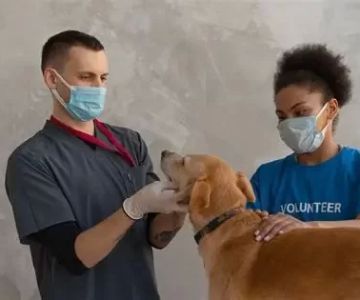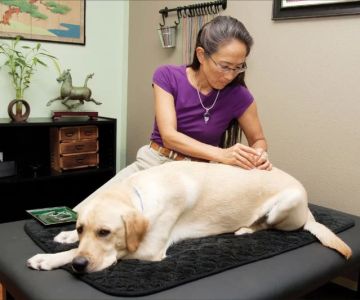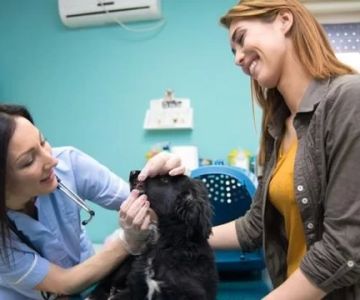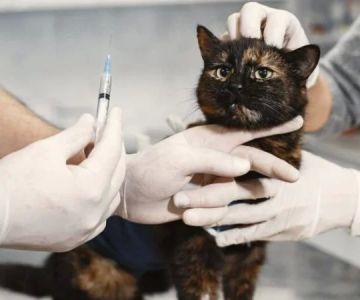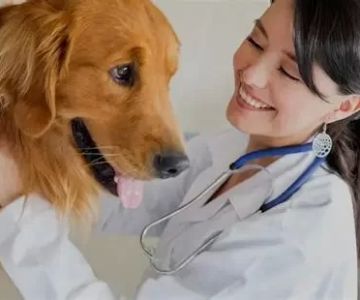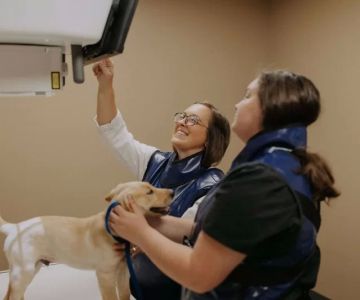- 1-Understanding-the-veterinary-career-path
- 2-Essential-educational-steps-for-becoming-a-veterinarian
- 3-Gaining-practical-experience-and-specializations
- 4-Overcoming-challenges-and-personal-insights
- 5-How-to-transition-from-education-to-professional-practice
- 6-Investing-in-veterinary-tools-and-resources
Understanding the Veterinary Career Path
Becoming a veterinarian is a rewarding journey filled with passion for animal health and science. When you ask, what do you do to become a veterinarian?, it’s important to first grasp the scope and responsibilities of this profession. Veterinarians diagnose, treat, and prevent diseases in animals, working in diverse environments—from private clinics and farms to research labs and wildlife conservation.
This career demands a strong commitment to science, empathy, and lifelong learning. Many vets share stories about the transformative moment when they realized their love for animals could translate into a profession that saves lives daily. For example, Dr. Emma Collins, a practicing vet in California, recalls her first successful surgery on a stray dog, which cemented her career choice. Such real-life experiences highlight the deep fulfillment found in this path.
Essential Educational Steps for Becoming a Veterinarian
The foundational answer to what do you do to become a veterinarian lies in a clear educational roadmap. First, you need to excel in high school subjects like biology, chemistry, and physics. Next, obtaining a bachelor’s degree with a focus on pre-veterinary studies or animal science is essential.
Once undergraduate studies are complete, the critical step is gaining admission to a veterinary school, which is highly competitive. Vet school typically lasts four years, where you dive deep into anatomy, physiology, pharmacology, and clinical practice. The curriculum blends classroom learning with hands-on experience, ensuring you develop both knowledge and practical skills.
For instance, the University of Wisconsin-Madison’s veterinary program integrates innovative case studies and internships that prepare students for real-world challenges. Understanding the rigorous nature of vet school helps prospective vets prepare mentally and academically.
Gaining Practical Experience and Specializations
Education alone doesn’t complete the journey. To fully answer what do you do to become a veterinarian, gaining practical experience is key. Internships and clinical rotations during vet school provide exposure to different species and medical scenarios.
Many aspiring vets also choose to specialize in areas such as surgery, dermatology, or exotic animal care. Specializing requires additional training and certification but significantly enhances career opportunities and expertise.
Take the story of Dr. Javier Morales, who specialized in equine medicine after spending summers volunteering at a horse rehabilitation center. His hands-on experience transformed his knowledge and passion into a thriving specialty practice.
Overcoming Challenges and Personal Insights
The path to becoming a veterinarian is not without hurdles. Intense coursework, emotional challenges of caring for sick animals, and financial burdens of education are common obstacles. However, many vets emphasize resilience and support networks as crucial to success.
Sharing a personal insight, Dr. Lisa Nguyen explains how peer study groups and mentorship from senior vets helped her navigate the stress of vet school and the emotional toll of animal care. These stories remind future vets that persistence and community support play a huge role in their journey.
How to Transition from Education to Professional Practice
After completing education and internships, the final step in answering what do you do to become a veterinarian is licensing. Passing the North American Veterinary Licensing Examination (NAVLE) or equivalent tests is mandatory before practicing professionally.
Once licensed, new vets often join established clinics or hospitals to build experience before potentially opening their own practices. Business skills, client communication, and continuous professional development become just as important as medical knowledge at this stage.
Investing in Veterinary Tools and Resources
Entering the veterinary profession also means equipping yourself with quality tools and educational resources. Whether it’s advanced diagnostic equipment or up-to-date medical textbooks and online platforms, investing in the right products enhances your practice’s efficiency and patient outcomes.
If you’re committed to becoming a veterinarian, exploring trusted suppliers of veterinary equipment and specialized study materials can give you an edge. For example, many veterinary students and professionals find value in purchasing comprehensive anatomy models and interactive learning software that deepen understanding and improve skill retention.
Considering your first professional purchases? Look for products that combine reliability and innovation to support your growth as a skilled veterinarian.

